Habitat and community at Worchester Park: post-fire rehabilitation of suburban parkland
- ID Landscaping

- Sep 1, 2023
- 5 min read
Updated: Sep 5, 2023
In 2019, an intense bushfire swept through Worchester Park (aka Linacre Park), in the outer northern suburb of Bundoora leaving behind a landscape devoid of its natural beauty, compromising the habitat for local flora and fauna and turning a much loved suburban parkland into an eyesore. However, through dedicated efforts and a vision for restoration by the City of Whittlesea and our project team, our recent landscaping project has breathed new life into the park, rejuvenating its natural assets and restoring its water-sensitive urban design (WSUD) elements. In this post, we'll take you on a journey through the process of rehabilitating the park, overcoming challenges, and ultimately transforming it into a vibrant and resilient green space.

The Aftermath of the Fire
The Black Saturday bushfires in Victoria, Australia, in 2019 left a trail of destruction, including the severe impact on our local eucalyptus woodland flora and fauna. The parkland, located in Melbourne's outer north near Plenty Gorge, was not spared from the devastation. The intense fire fuelled by howling Northerlies tore south through the park, with residents unable to evacuate they were forced to defend their homes as best they could. For these locals, luck was on their side with no loss of life or property - but it was a very close shave.
The immediate aftermath of the fire was characterized by the loss of native vegetation and large old Eucalyptus trees, which had not evolved for a fire so severe. These habitats provided essential resources for a wide range of plant and animal species, contributing to the region's biodiversity and ecological balance.
The destruction caused by the fire created an opportunity for weed species to take hold and out-compete the local indigenous species. Weed species are often more resilient to fire and disturbance, quickly colonizing and dominating the landscape. In the absence of local native vegetation, these invasive plants - including native species from other ecosystems - rapidly spread, choking out the indigenous flora that was struggling to regenerate.
The consequences were dire for the local fauna as well. The loss of native vegetation meant a significant reduction in food sources, nesting sites, and shelter for a variety of animal species. The disruption of habitat connectivity further exacerbated the challenges faced by wildlife, as they struggled to find suitable environments for survival and reproduction in a state that saw over 1.2 million hectares of forest burned in the 2019 fires alone.
The proximity of the project to Plenty Gorge, an important natural reserve in Melbourne's outer north, underscored the significance of rehabilitating the fire-damaged parkland. Preserving and restoring urban and outer-urban parklands like this one plays a crucial role in maintaining habitat connectivity and providing essential corridors for wildlife movement. By rehabilitating this parkland, we aimed to contribute to the broader conservation efforts and ensure the preservation of biodiversity in the region.
Scope and Goals: Restoring Beauty and Habitat
The scope of our landscaping project encompassed the rehabilitation of the fire-damaged community parkland and its water-sensitive urban design (WSUD) assets. Our primary goal was to restore the park's natural beauty while creating a habitat that supports local flora and fauna. Extensive efforts were dedicated to removing herbaceous and woody weeds that had overrun the site after the fire, allowing for the regeneration of native vegetation. Additionally, we focused on the care of fire-damaged Eucalyptus trees, installation of new lawn areas for improved views and fire safety, and the repair and desilting of stormwater inlets and raingarden plumbing to restore the WSUD functionality. The garden beds and wetland areas were re-planted out with over 8500 plants, mostly species indigenous to the areas, but also other natives selected for their fire-suppressing traits. Additional park seating and a bench were installed providing a great spot for local residents to relax or do a bit of bird-watching.
Weed Control & Retaining Dead Trees
Weed control was crucial in restoring the fire-damaged parkland, using a combination of hand weeding, targeted herbicide application, and the good ol' chainsaw. By prioritizing weed control, we not only enhanced the aesthetic appeal of the parkland but also started to restore the ecological balance. Invasive weeds often outcompete native plants for resources such as sunlight, water, and nutrients. Their dominance can result in a decline in biodiversity and negatively impact the habitat for local flora and fauna. By removing these invasive species, we created space for the reestablishment of native plants, promoting a more diverse and resilient ecosystem.
Dead trees were intentionally retained in the landscape for their ecological benefits and although they can look a bit stark at first glance they offer a range of services:
Nesting sites, shelter, and foraging opportunities for cavity-nesting birds, bats, insects, and other small animals. Retaining these trees ensures that the ecological niche provided by dead wood is maintained, supporting a healthy and diverse wildlife population..
Supports nutrient cycling as they slowly decay, enriching the soil and promoting vegetation growth like a slow-release fertiliser .
Serves as visual reminders of the natural life cycle, fostering an appreciation for ecological processes and connection to the local environment.
Enhancing Accessibility and Community Connection
Alongside the physical enhancements, community engagement played a pivotal role in revitalizing the park. A community planting day was organized, drawing participation from almost 100 local residents. This event involved planting native species and included a walk and talk session led by our Project Manager, discussing the project's works and ecological values.
The community planting day went beyond beautification, fostering a sense of ownership, pride, and connection between the residents and the park. By actively participating, individuals developed a deeper appreciation for the park's ecological significance and the importance of preserving natural spaces within urban areas. You can read more about the health benefits of access to parkland here.
Community engagement initiatives like the planting day promote social interaction, unity, and a sense of belonging within the wider community. Parks serve as vital communal spaces, allowing people to connect, engage in recreational activities, and strengthen community ties. Restoring Urban Sensitive Design Assets
Sediment ponds and raingardens are vital components of water-sensitive urban design (WSUD) assets, promoting sustainable water management. Sediment ponds capture and retain sediment-laden runoff, preserving water quality and protecting aquatic ecosystems. Raingardens collect and filter stormwater, reducing erosion and improving water quality through natural filtration processes. In the park's restoration, extensive weed removal, including Typha, was conducted. Sediment ponds were desilted, inlets repaired, and raingardens restored. These efforts ensured the functionality of the WSUD assets, preserving water quality and promoting sustainable stormwater management practices.

Repaired & Rehabilitated: now time to grow
The completion of the landscaping project in the fire-damaged community parkland marks a remarkable transformation, showcasing the power of restoration and community engagement. As the parkland blossoms with new life, its allure extends beyond the visual appeal.
Birds have returned to the hollows of the rejuvenated trees, filling the air with their melodious songs, while local kangaroos find solace in the park, basking in the warm glow of sunrise. These signs of wildlife returning reflect the revitalization of habitat and the reestablishment of a thriving ecosystem.

For both residents, animal and human alike, the benefits will continue to unfold over the coming years. As the newly planted native species take root and mature, they will provide valuable food and shelter for local wildlife, promoting biodiversity and ecological balance. The park will become a sanctuary, nurturing a diverse array of flora and fauna, and serving as a crucial stepping stone for habitat connectivity in the region.
Beyond the ecological benefits, the community will enjoy a range of advantages. The park's enhanced accessibility, additional furniture, and amenities invite residents to immerse themselves in nature, fostering well-being, relaxation, and social connections. The lush green spaces and captivating views towards Plenty Gorge create a serene environment that nurtures the human spirit and provides a respite from urban demands.
This project has been a source of immense pride and satisfaction for our team. It has allowed us to combine our shared passion for landscaping with the fulfillment of enhancing the environment. Witnessing the park's transformation and the positive impact it has on both the natural and human communities reaffirms our commitment to ecological restoration and sustainable practices.
Stay tuned to this blog for updates on this project.
Follow ID Landscaping on instagram











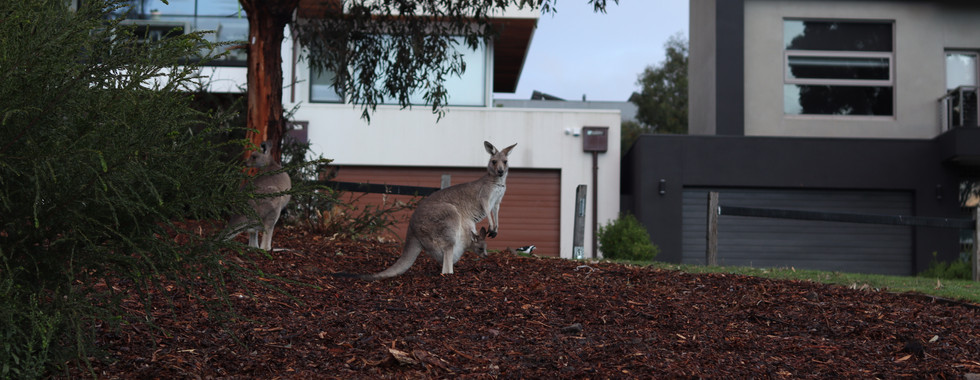





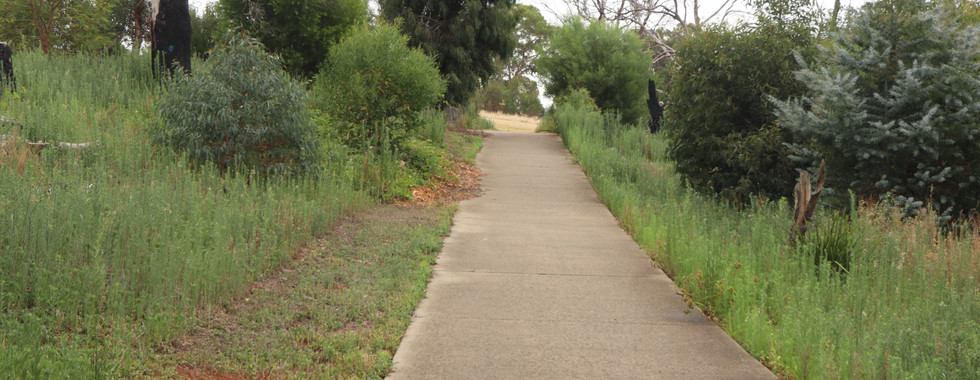







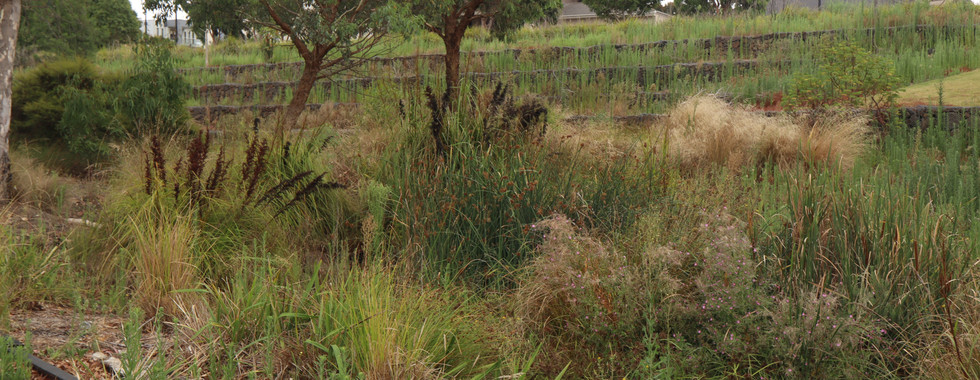











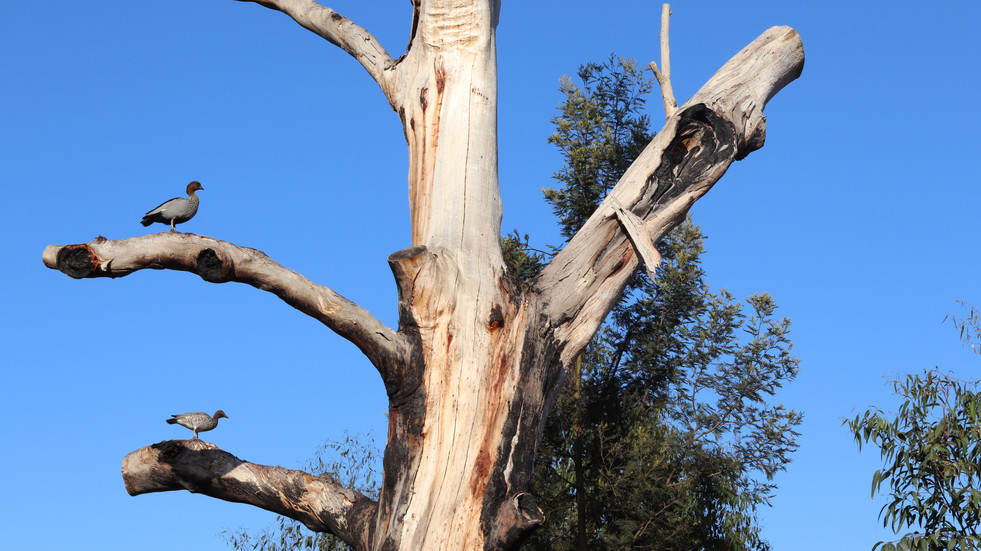













































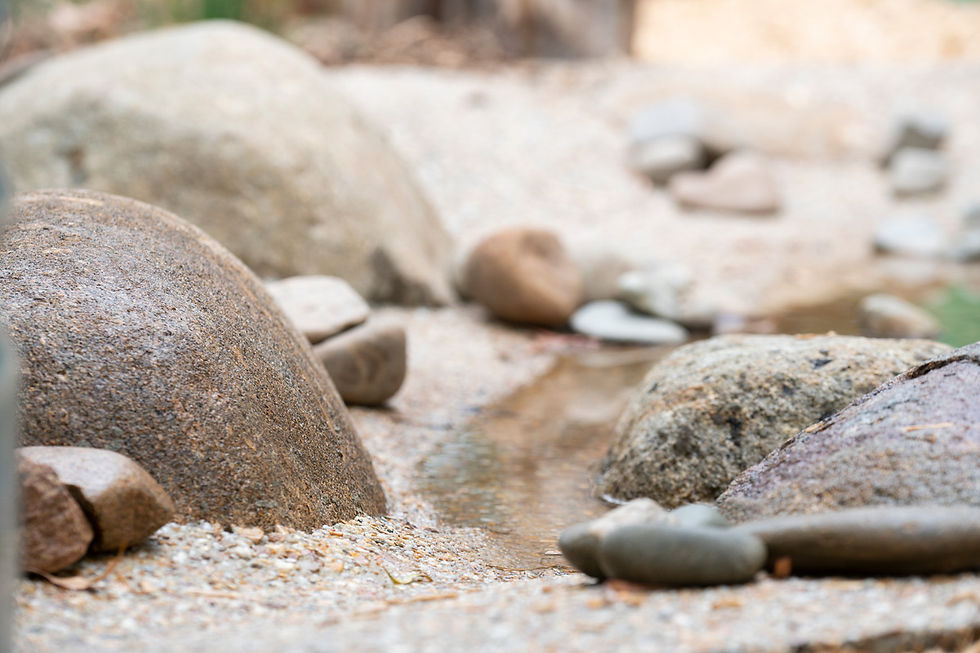

Comments